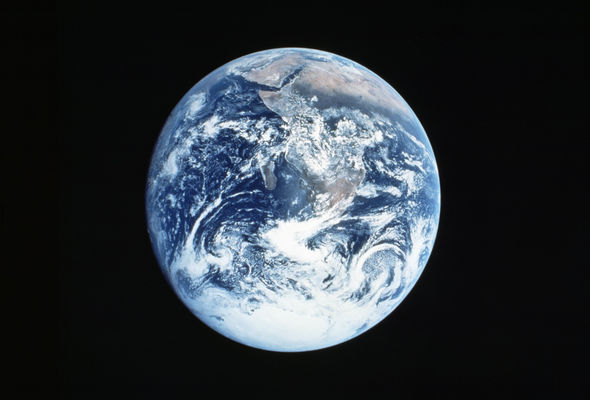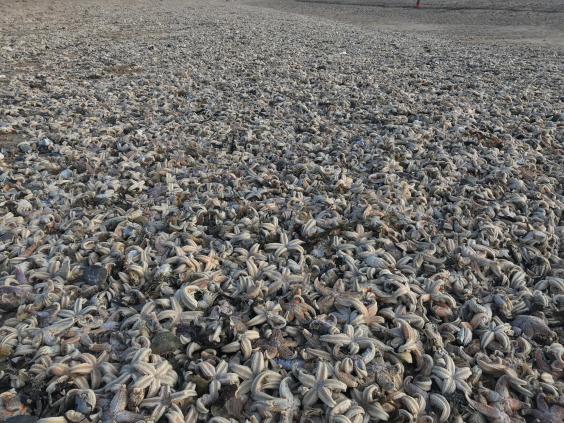
Climate Change Is Causing Earth to Wobble on Its Axis, NASA Says.
Over the past century, Earth’s axis – the imaginary line that passes through the North and South Poles – has drifted about 4 inches, and a decrease in Greenland’s ice mass is the main contributor to the wobble, the space agency has announced.
As temperatures increased throughout the 20th century because of humans, Greenland’s ice mass decreased.
“A total of about 7,500 gigatons — the weight of more than 20 million Empire State Buildings — of Greenland’s ice melted into the ocean during this time period,” NASA said in a press release. “This makes Greenland one of the top contributors of mass being transferred to the oceans, causing sea level to rise and, consequently, a drift in Earth’s spin axis.”
The agency notes that while melting has occurred at other locations, including Antarctica, Greenland’s location has had a greater influence on Earth’s wobble.
“There is a geometrical effect that if you have a mass that is 45 degrees from the North Pole — which Greenland is — or from the South Pole (like Patagonian glaciers), it will have a bigger impact on shifting Earth’s spin axis than a mass that is right near the Pole,” said coauthor Eric Ivins.
Scientists also believe glacial rebound plays a role in the planet’s wobble, but it’s not the major contributor scientists previously thought.
“During the last ice age, heavy glaciers depressed Earth’s surface much like a mattress depresses when you sit on it. As that ice melts, or is removed, the land slowly rises back to its original position,” NASA says. “In the new study, which relied heavily on a statistical analysis of such rebound, scientists figured out that glacial rebound is likely to be responsible for only about a third of the polar drift in the 20th century.”
Mantle convection, or the movement of tectonic plates on Earth’s surface, is another reason for Earth’s wobble, NASA scientists say.
“It is basically the circulation of material in the mantle caused by heat from Earth’s core,” NASA says. “Ivins describes it as similar to a pot of soup placed on the stove. As the pot, or mantle, heats, the pieces of the soup begin to rise and fall, essentially forming a vertical circulation pattern — just like the rocks moving through Earth’s mantle.”













